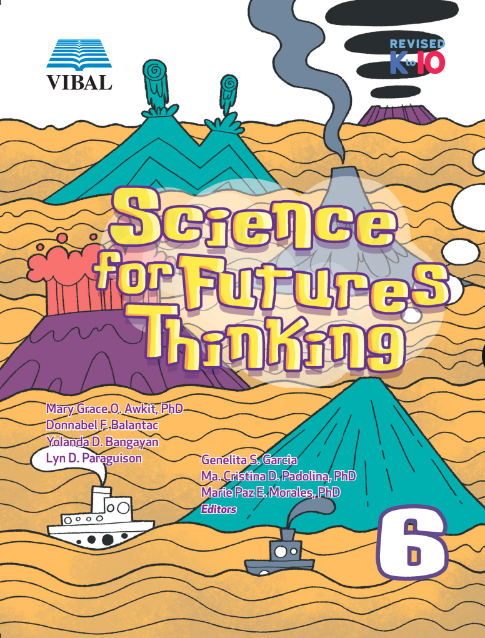
Details
The Science for Futures Thinking series is written in response to the Department of Education’s Revised K to 10 Curriculum of the K to 12 Program. This series aims to help learners develop scientific, environmental, technological, and engineering literacy. It will help them learn key scientific concepts and develop the skills, values, and attitudes necessary to succeed in an increasingly scientific, technologically advanced, and competitive world.
This series was organized into domains based on scientific disciplines: materials, force, motion, and energy, living things, and earth and space for Grades 3-6; and science of materials, force, motion, and energy, life science, and earth and space science for Grades 7-10. In addition, this series recognizes that most learners are digital natives and thus, it utilizes technology to improve understanding of science concepts and their application using science inquiry skills.
Specifically, this series has the following features:
• Concept development is progressive and spiraling as suggested both by the scope and sequence and the Revised K to 10 science curriculum.
• Lesson discussions are connected to other concepts in and across quarters.
• The elements enable learners to grasp concepts by connecting them to practical and relevant topics.
• Sidebars are also included to link the concepts to other disciplines such as arts, technology, music, and culture.
• Several types of assessment (formative assessment, laboratory activities, product/performance task, and summative assessment) are used to ensure mastery of the subject matter presented.
GRADE 1
- Author team: Elvira B. Bagacina, Kimberly G. Jordan, Ma. Cristina A. Frondozo, Ethel K. Mosende, Marie Elena C. Serquina, Jayvee R. Tesorero
- Editors: Genelita S. Garcia, Marie Paz E. Morales, PhD; Ma. Cristina D. Padolina, PhD
GRADE 2
- Author team: Marry Jane S. Andaya, Hazel A. Ataop, Victorino V. Bernales, Sheila Marie B. De La Cruz, Betty R. Ereje, Rossana C. Ramos, Loida Loisa V. Salvador, Jayvee R. Tesorero, Roxanne C. Valeza, Rafaela D. Villanueva
- Editors: Genelita S. Garcia, Marie Paz E. Morales, PhD; Ma. Cristina D. Padolina, PhD
GRADE 3
- Author team: Gloria B. Joaban, Gezyl G. Ramos
- Editors: Genelita S. Garcia, Marie Paz E. Morales, PhD; Ma. Cristina D. Padolina, PhD
GRADE 4
- Author team: Andrea Dyanne A. Azores, Leila R. Beler, Julean Quefannie Faith V. Federizo, May Anne E. Mudlong, Daphane Clair B. Olivar, Lemuel S. Pelagio Jr., Ferdinandina N. Santos, Lani M. Suyom, Cathlea N. Tongco, Regie-Ann R. Vejerano
- Editors: Genelita S. Garcia, Marie Paz E. Morales, PhD; Ma. Cristina D. Padolina, PhD
GRADE 5
- Author team: Jerald F. Forteza, Eliza A. Lopez, May Anne E. Mudlong, Lani M. Suyom, Cathlea N. Tongco
- Editors: Genelita S. Garcia, Marie Paz E. Morales, PhD; Ma. Cristina D. Padolina, PhD
GRADE 6
- Author team: Donnabel F. Balantac, Yolanda D. Bangayan, Israel Miguel G. Biscarra, John Rudolf D. Catalan, Mark Andrew T. de Ocampo, Lucky F. Fausto, Jecris A. Medallo
- Editors: Genelita S. Garcia, Marie Paz E. Morales, PhD; Ma. Cristina D. Padolina, PhD
GRADE 7
- Author team: Mel Greg O. Concepcion, EdD; Eisha Vienna M. Fernandez, Genelita S. Garcia, Marie Paz E. Morales, PhD; Crisanta A. Ocampo, Crist John M. Pastor, PhD; Alfons Jayson O. Pelgone, PhD
- Editors: Genelita S. Garcia, Marie Paz E. Morales, PhD; Ma. Cristina D. Padolina, PhD
- Consultant-Coordinator: Leticia V. Catris, PhD
GRADE 8
- Author team: Mel Greg O. Concepcion, EdD; Eisha Vienna M. Fernandez, Genelita S. Garcia, Marie Paz E. Morales, PhD; Crisanta A. Ocampo, Crist John M. Pastor, PhD; Alfons Jayson O. Pelgone, PhD
- Editors: Genelita S. Garcia, Marie Paz E. Morales, PhD
- Coordinator/Consultant: Leticia V. Catris, PhD
GRADE 9
- Author team: Mel Greg Concepcion, EdD; Eisha Vienna M. Fernandez, Genelita S. Garcia, Marie Paz E. Morales, PhD; Crisanta A. Ocampo, Crist John M. Pastor, PhD; Alfons Jayson O. Pelgone, PhD
- Editors: Genelita S. Garcia, Marie Paz E. Morales, PhD
- Coordinator/Consultant: Leticia V. Catris, PhD
GRADE 10
- Author team: Mel Greg Concepcion, EdD; Eisha Vienna M. Fernandez, Genelita S. Garcia, Marie Paz E. Morales, PhD; Crisanta A. Ocampo, Crist John M. Pastor, PhD; Alfons Jayson O. Pelgone, PhD
- Editors: Genelita S. Garcia, Marie Paz E. Morales, PhD
- Coordinator/Consultant: Leticia V. Catris, PhD
KEY CHANGES IN THE CURRICULUM
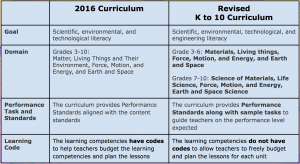
SEQUENCE OF DOMAIN PER QUARTER
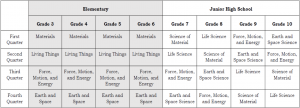
Science Grade 1 and 2: not included in the revised curriculum; Learning Competencies were developed by the Vibal editorial team
KEY ELEMENTS OF THE BOOK
UNIT OPENER: gives an overview of the concepts discussed in the unit
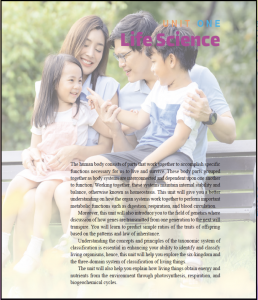
Chapter Opener: contains the chapter introduction, the set of learning competencies covered in the chapter, and the chapter pretest
In This Chapter: set of learning competencies based on the Revised K to 10 Curriculum
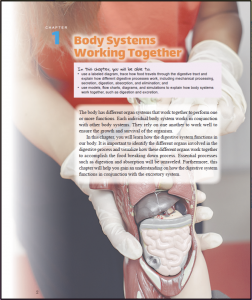
Chapter Pretest: It serves as a diagnostic assessment to gauge what the students already know about the topics to be tackled in the chapter.
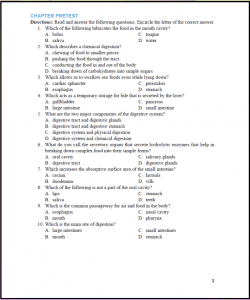
Objectives: Set of learning objectives based on the learning competencies
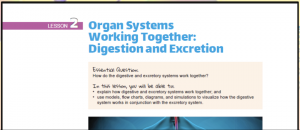
GS: Quick Start/HS: SciStart—Exercises or activities that aim to activate previous knowledge or engage the pupils in the new lesson
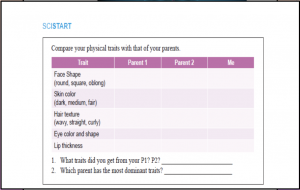
GS: DO THESE/ HS: SciLab/SciTivity—Activities that provide an opportunity to apply science inquiry skills and show scientific attitudes and values
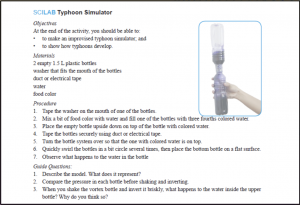
GS: LET’S APPLY/HS: Valuing—Allows the pupils to reflect on the skills, attitudes, and values related to the lesson objectives
GS: Quick Quiz/ HS: SciQuiz—Pen-and-paper activities to test your understanding of the scientific or mathematical concept discussed
More to Do/Additional Activity—Activities that may need an adult’s help or can be done at home
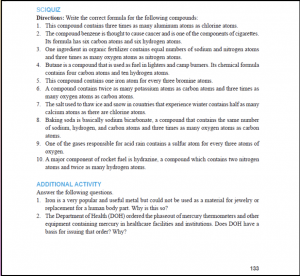
CHAPTER ENDERS
Reflection: In every chapter, pupils have the opportunity to reflect on the key concepts or skills discussed
Chapter Posttest: Set of learning exercises provided to measure the extent of pupil’s comprehension and understanding
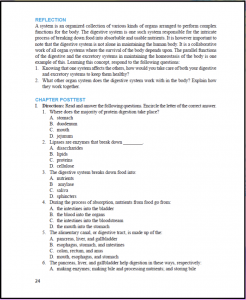
Performance Tasks: Activities provided to enhance mastery of prescribed topics
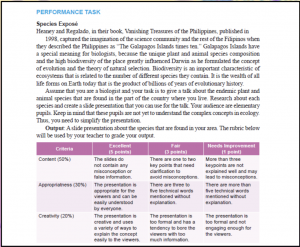
Sample Scope and Sequence (Grade 7)
